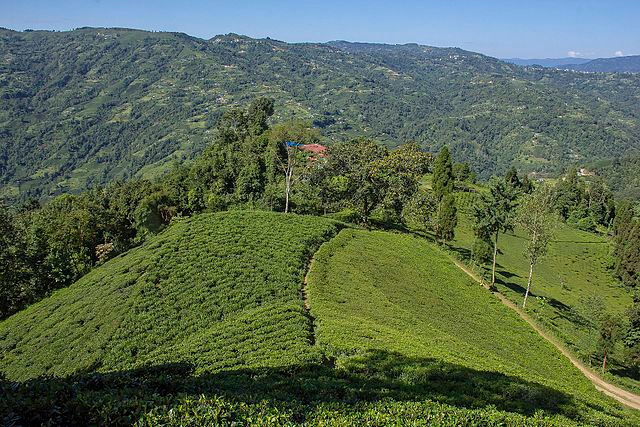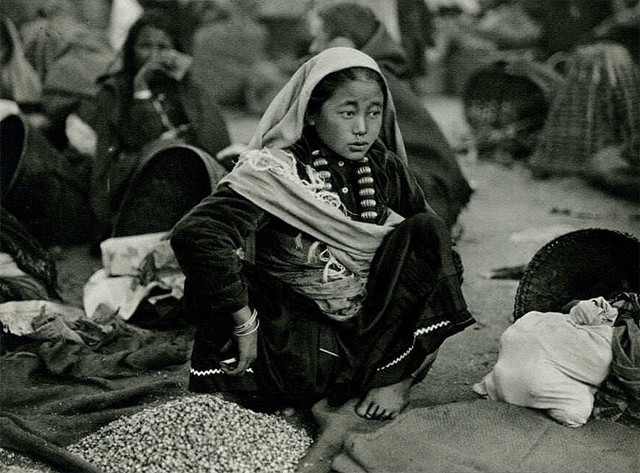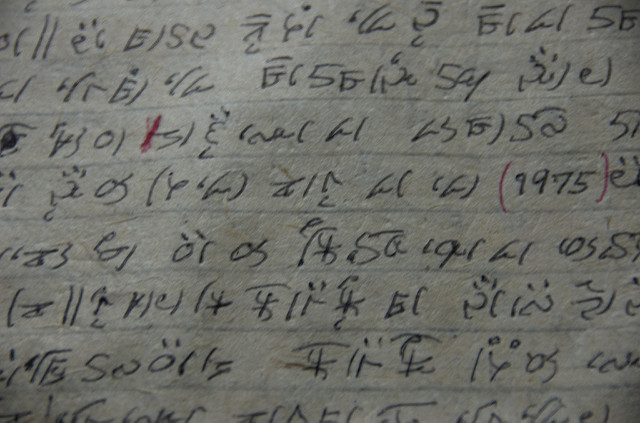The fascination in reading about minority peaceful societies is enhanced when writers report on really obscure, rarely visited, corners of their territories. Prem Khatry wrote last week about his visit to some Lepcha communities in eastern Nepal, near the border with Sikkim. The story was unique because, while the Lepchas of Sikkim and of the northern hills of West Bengal in India frequently appear in the news, the smaller Lepcha communities across the borders in Nepal to the west of Sikkim and in Bhutan to the east are rarely mentioned in the English-language press.

Accompanied by a team from the Culture Division of the Nepalese Ministry of Culture, Tourism and Civil Aviation, Prem traveled to the town of Rong, in the Ilam District of eastern Nepal, searching for evidence of the original Lepcha culture in that section of the country. The group was particularly looking for their intangible culture and for their interest in their own history. Their journey was part of a broader effort by the Ministry of Culture to visit a number of the minority groups in Nepal in order to help them record, document, and safeguard their own cultures.
The trip began with a visit to the Rong Village Council. The council, and especially its chief, Shamsher Rai, welcomed the visiting delegation warmly. The author noted that the chief of the village was actually a member of a different tribal group, the Kirati-Rai, and some of the ward chiefs were also not of Lepcha/Rong ancestry. The Rong village council represented an ethnic mix of societies.

The officials and the rest of the council were present, along with a crowd of about 50 others, to warmly welcome the visitors on a misty, cloudy day. Shamsher Rai and a deputy, Surya Rai, told the visitors that the Village Council had just finished the draft of a 10-year plan for preserving the local Lepcha culture. Their plan had been forwarded to the ministry in Kathmandu where experts were at the moment reviewing it.
While the council was composed of both Lepcha and non-Lepcha individuals, the village had demonstrated its commitment to the ancient Lepcha culture by the name chosen for the village: “Rong” is the original Lepcha name for themselves. The document they had drafted focused on the preservation of the Lepcha culture and language.

A local man named Dawa Lepcha spoke up to complain that there needed to be a way to preserve an ancient monastery and some very old religious texts. Their loss, which is imminent, will be a severe blow to preserving the ancient culture, he argued. The visitors quickly made note of his point and assured him that they would report his concerns to the Department of Archaeology when they returned to Kathmandu. They pointed out that the district government also should become involved in the matter.
Prem wrote that this was just a preliminary visit and he anticipates making additional reports.